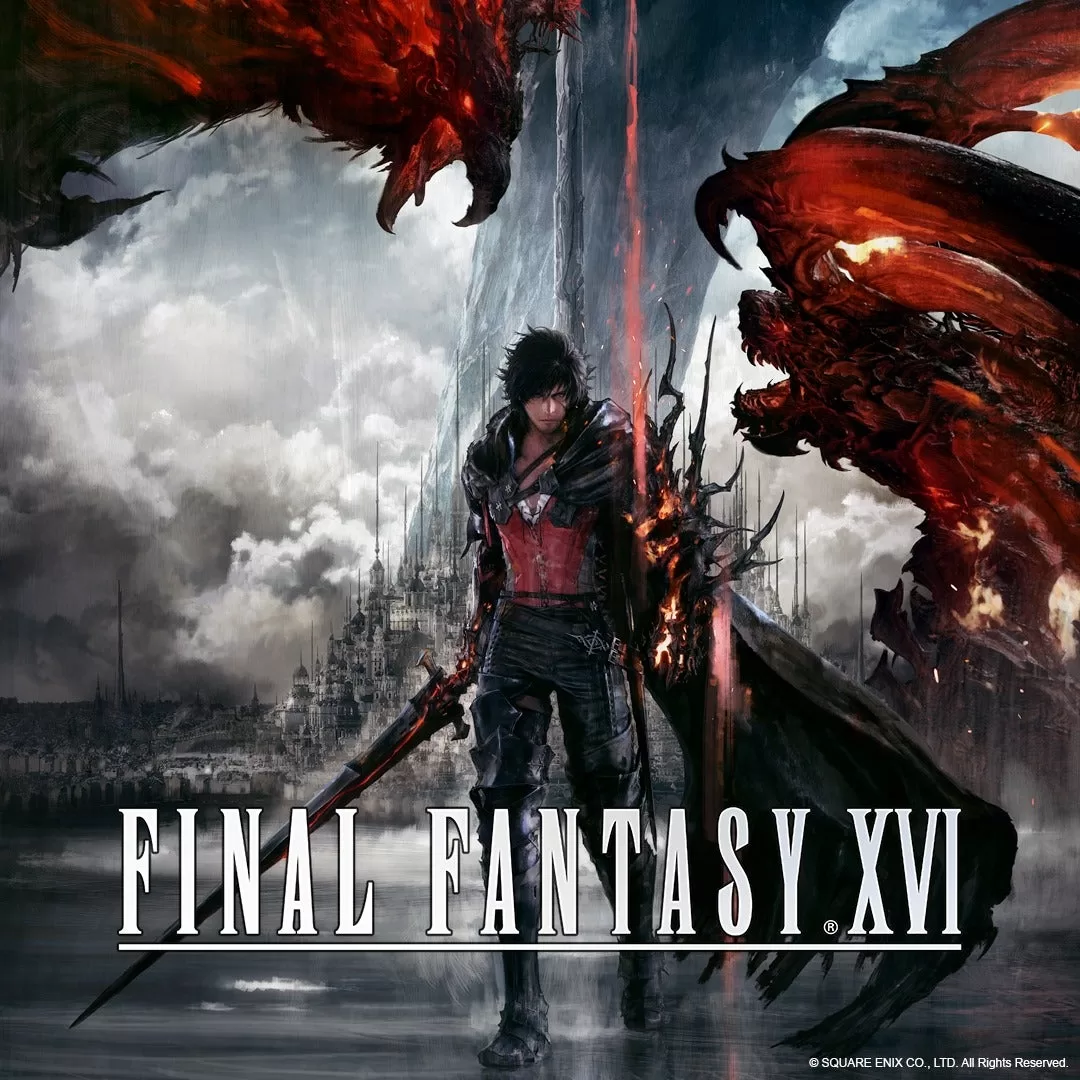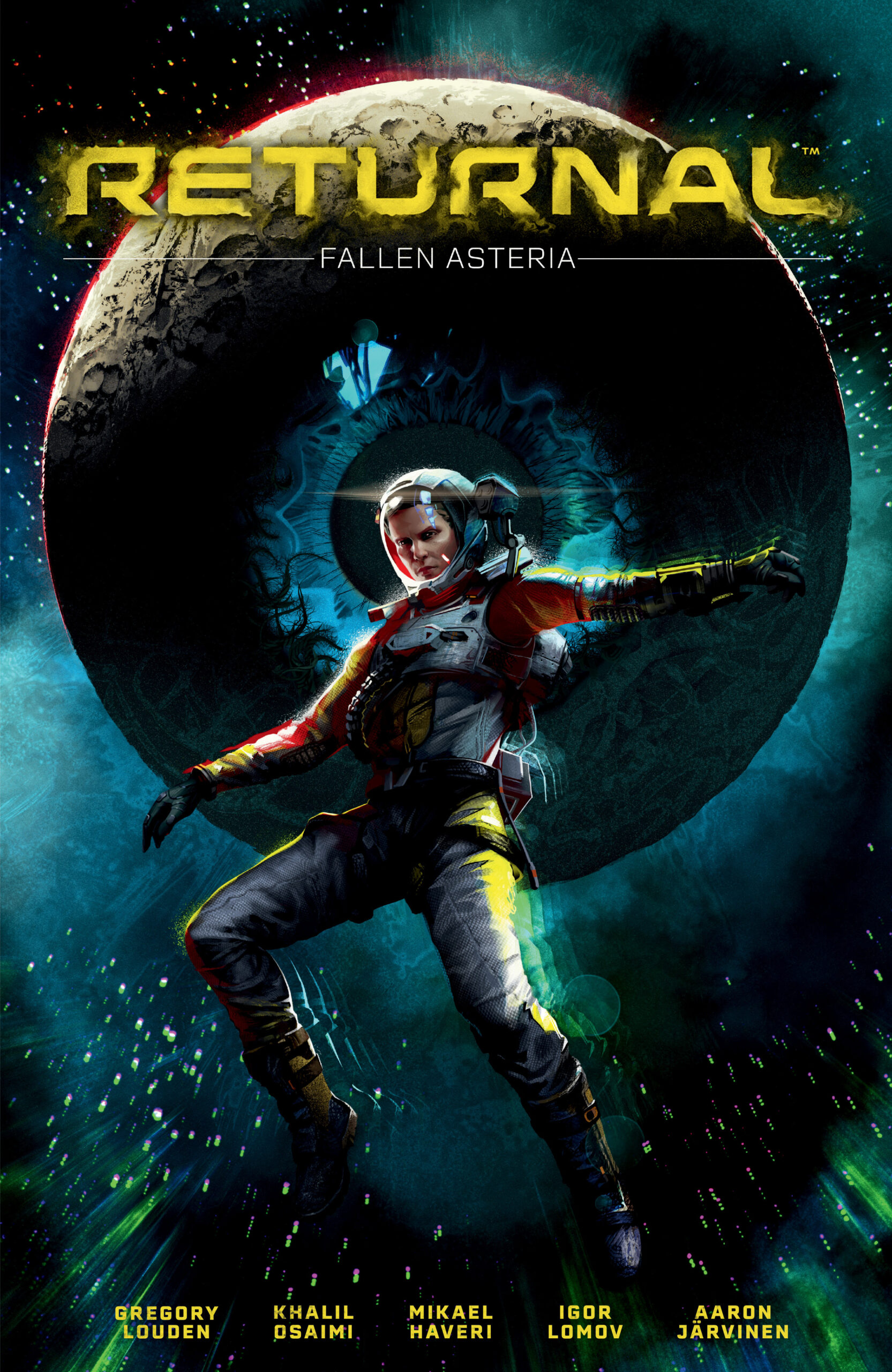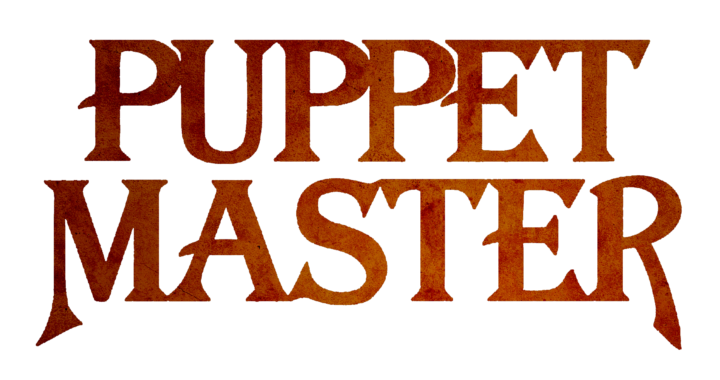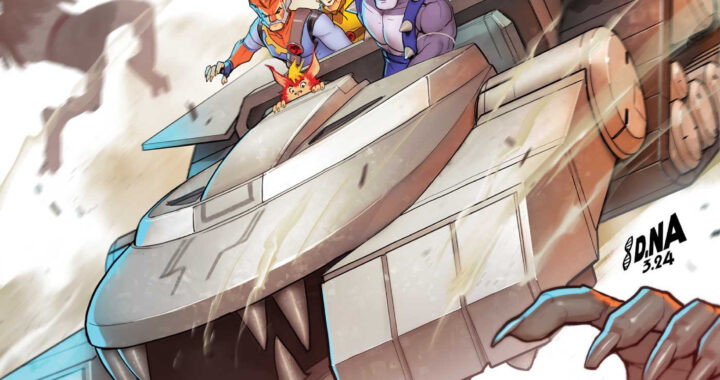
Review: Macbeth
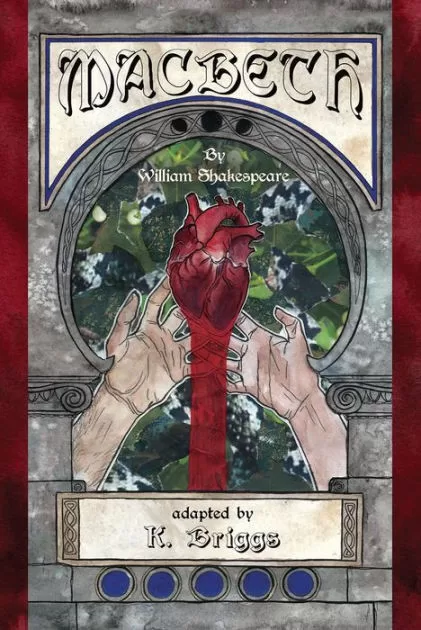
Although a play that allows for numerous interpretations, Macbeth also opens up its share of challenges when adapting it to any medium. This play has seen numerous versions on the stage, the small screen, and the big screen, with many great actors and directors coming up with their own spin on Shakespeare’s material. Most recently, Joel Coen produced his own recent version of The Tragedy of Macbeth, a film that I covered with the Cinema Crusaders team, and I’d recommend listening to that if you want my more extended thoughts on the play itself.
The story itself is not that complicated; Macbeth is the story of the rise and fall of a Scottish noble who becomes king through treachery. However, Shakespearean language can be a challenge to adapt at the best of times. Moreover, any attempt to adapt the Bard into another medium is filtering a centuries-old play through the lens of a modern storyteller. There’s also the question of what language to include and how much, depending on the medium that the story is being adapted into. So naturally, I took the comic book adaptation of Macbeth by Kathryn Briggs with some interest. Taking original Shakespearean language and translating it into the medium of comics is a fascinating challenge, and I was curious about how well Briggs’ version would rise to that occasion.
As it turns out, it does so quite well indeed. However, before getting into the specifics of where it works, a caveat should be noted in advance. This comic will be best enjoyed by readers who are familiar with the original play. Briggs takes a very experimental approach to the artwork in her adaptation, and that is a strength of this book. Still, that presents two challenges for a new reader– being able to follow Shakespeare’s story and being able to understand why Briggs frames the story the way she does. So I would recommend reading the original Shakespeare or watch a performance of the play before trying to unpack the comics version. There is a definite method to her madness, but I’d suggest going in with at least a decent familiarity with Macbeth before going in.
With that said, this adaptation is extremely faithful to William Shakespeare and his vision. There are no noticeable changes to the play or to the script. If anything, Briggs is so respectful to the Bard that his dialogue is included in full, even if it might occur to another creator to trim it in places. The basic story of Macbeth is told well, including his treacherous rise to power, his gradual fall to darkness, and his downfall through his own hubris. The scripting is thoughtful, allowing the sequential nature of comics to get character across from moment to moment. The layout of the comic allows important moments to come out at their proper pace, and for the most part, Shakespeare’s dialogue isn’t overly intrusive into the visuals.
Where I feel this version of Macbeth stands out is in the artistic style, which is quite cleverly executed. Briggs takes a very stylistic approach to the material, which is in no way bad, but it will take an adjustment for some readers. Briggs appears to be drawing some influences from great but offbeat creators, including Dave McKean and Bill Sienkewicz, and the marriage of those styles goes together well on the page. The act break scenes particularly seem to echo McKean and the scrapbook/patchwork style of his old Sandman covers. We don’t see an approach like this so often anymore outside of Neil Gaiman projects, so it was a welcome sight to see in this book.
Internally, Briggs uses some very intriguing visual devices in the way she frames the narrative. The medieval look of Scotland is achieved quite well, in part because she draws inspiration from real medieval artwork. That grounds the setting with authenticity while also setting the book apart in a visual sense. Other elements are clever as well, such as the references to the deck of Tarot cards, especially in connection to the three witches. Since the story of Macbeth is one that revolves around fate, the use of Tarot cards hits that theme nicely. The interpretation of the witches is also a good one, using the maiden/mother/crone dynamic, and that allows each of the witches to have a unique identity on the page. Color also has a real impact on a thematic level, with the use of red to signify evil and bloody characters, while more innocent characters are framed with blue. Even the space between panels is sometimes handled in creative ways, such as using a map of Scotland to hint at the geography. The fate of Banquo’s heirs was another nice visual touch, as Briggs features recreated paintings of each of the Scottish kings ending with James I of England. This is an interpretation that should also lend itself well to re-reading, offering enough visual information and subtle hints to pick up new details on multiple readings.
If I have any real issues with this version of Macbeth, it’s that sometimes the dialogue is not always well balanced on the page. Most of the time it is, and there are scenes where the economy of the dialogue is deftly handled. At the same time, there are panels that struggle more noticeably in allowing the art to breathe. There are even rare occasions where it’s hard to see the art because the lettering is in the way. I don’t think this is a failure of craft on Briggs’ part, but more a reflection of the challenge of balancing Shakespeare’s text with what she wants to show visually. The Bard uses some long soliloquys with this play, and it’s a trickly balancing act to show the necessary information on the page and keep Shakespeare’s language intact. Still, there are pages where that struggle is more noticeable than others.
As someone who has studied Shakespeare for many years, I’m pleased with how this version of Macbeth turned out. This book may not be for everyone, partly because of the content and partly because of the experimental nature of the art, but I think it will satisfy those who the book is aimed for. I appreciate the level of visual creativity that Briggs puts into this comic, not least because it isn’t easy to find new ways to tell a story that has been reinterpreted for over five hundred years. If you’re a fan of Shakespeare and looking for a different take on a classic, this is a comic that’s worth looking into.
Score: 4.5/5
Writer: K. Briggs (based on a play by William Shakespeare)
Artist: K. Briggs
Publisher: Avery Hill Publishing
Author Profile
- Steve Sellers had been a fan of superheroes ever since Superman: The Movie. But it took the JSA, the Legion of Super-Heroes, Dragonlance, Lord of the Rings, Twilight Zone, and Chris Claremont's legendary run on the X-Men to make him a writer and a longtime fan of comics, fantasy, and science fiction. Steve is the co-creator of WHITE DRUID & MICHAEL NERO and GUARDIANS OF ELAYIM for Omen Comics, and he is also the creator of BLITZ and SHOCKWAVE for Revelation Comics (an imprint of Omen Comics).


